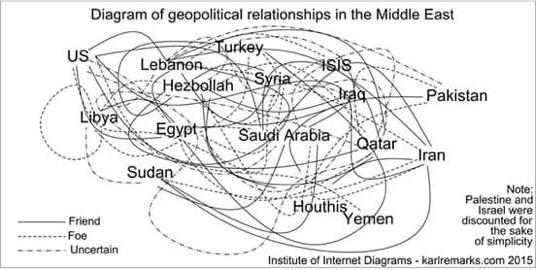
From Mark Minervini's "Think and Trade Like a Champion".




 Profits resulting from the violation of one’s own system or methodology constitute the most treacherous mirage of success. We’ve all been tempted at one time or another to suspend our collection of pre-defined rules (so painstakingly accumulated, yet so easily put aside) for the possibility that for this one particular moment, distinguished from all others, things might be different. And perhaps we were right — this time — and the register rung. Yet for those of us who have chosen the way of the System, the momentary suspension of discipline is a transgression beyond profit or loss. For no matter the what the outcome of the trade executed, the damage has already been done — any gains secured in such a manner will only serve as future tuition until that particular lesson is learned. This must be understood before forward progress can occur, for unless process takes precedence over result, the cycle repeats ad infinitum.
Profits resulting from the violation of one’s own system or methodology constitute the most treacherous mirage of success. We’ve all been tempted at one time or another to suspend our collection of pre-defined rules (so painstakingly accumulated, yet so easily put aside) for the possibility that for this one particular moment, distinguished from all others, things might be different. And perhaps we were right — this time — and the register rung. Yet for those of us who have chosen the way of the System, the momentary suspension of discipline is a transgression beyond profit or loss. For no matter the what the outcome of the trade executed, the damage has already been done — any gains secured in such a manner will only serve as future tuition until that particular lesson is learned. This must be understood before forward progress can occur, for unless process takes precedence over result, the cycle repeats ad infinitum.
Capital flows from those who fight trends to those who follow them.
Money flows from those who do not know how to trade to those who do.
 1) Fresh Ideas – I’ve yet to see a very successful trader utilize the common chart patterns and indicator functions on software (oscillators, trendline tools, etc.) as primary sources for trade ideas. Rather, they look at markets in fresh ways, interpreting shifts in supply and demand from the order book or from transacted volume; finding unique relationships among sectors and markets; uncovering historical trading patterns; etc. Looking at markets in creative ways helps provide them with a competitive edge.
1) Fresh Ideas – I’ve yet to see a very successful trader utilize the common chart patterns and indicator functions on software (oscillators, trendline tools, etc.) as primary sources for trade ideas. Rather, they look at markets in fresh ways, interpreting shifts in supply and demand from the order book or from transacted volume; finding unique relationships among sectors and markets; uncovering historical trading patterns; etc. Looking at markets in creative ways helps provide them with a competitive edge.
2) Solid Execution – If they’re buying, they’re generally waiting for a pullback and taking advantage of weakness; if they’re selling, they patiently wait for a bounce to get a good price. On average, they don’t chase markets up or down, and they pick their price levels for entries and exits. They won’t lift a market offer if they feel there’s a reasonable opportunity to get filled on a bid.
3) Thoughtful Position Sizing – The successful traders aren’t trying to hit home runs, and they don’t double up after a losing period (more…)
 “The secret to being successful from a trading perspective is to have an indefatigable and an undying and unquenchable thirst for information and knowledge. Because I think there are certain situations where you can absolutely understand what motivates every buyer and seller and have a pretty good picture of what’s going to happen. And it just requires an enormous amount of grunt work and dedication to finding all possible bits of information.
“The secret to being successful from a trading perspective is to have an indefatigable and an undying and unquenchable thirst for information and knowledge. Because I think there are certain situations where you can absolutely understand what motivates every buyer and seller and have a pretty good picture of what’s going to happen. And it just requires an enormous amount of grunt work and dedication to finding all possible bits of information.
You pick an instrument and there’s whole variety of benchmarks, things that you look at when trading a particular instrument whether it’s a stock or a commodity or a bond. There’s a fundamental information set that you acquire with regard to each particular asset class and then you overlay a whole host of technical indicators and that’s how you make a decision. It doesn’t make any difference whether it’s pork bellies or Yahoo. At the end of the day, it’s all the same. You need to understand what factors you need to have at your disposal to develop a core competency to make a legitimate investment decision in that particular asset class. And then at the end of the day, the most important thing is how good are you at risk control. 90% of any great trader is going to be the risk control.”
